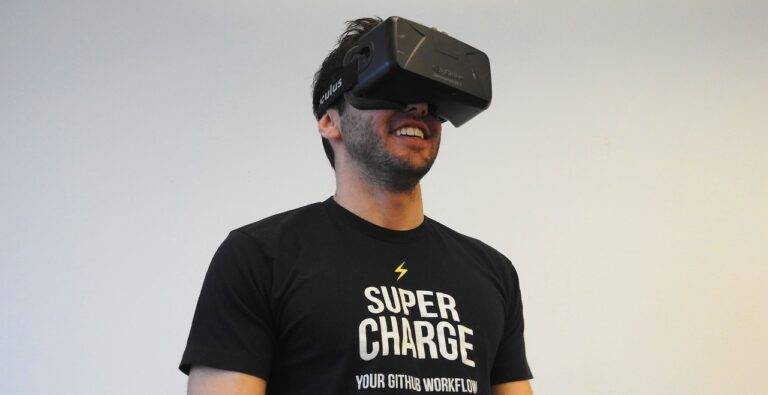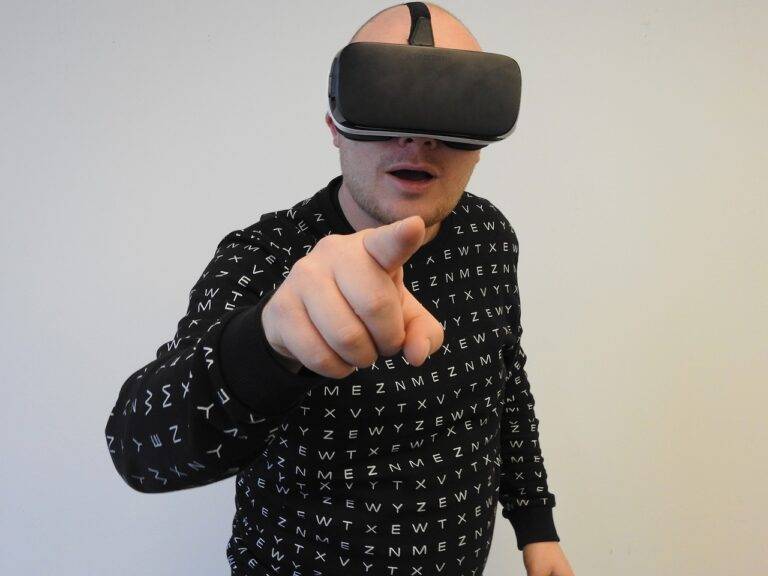The Intersection of Fashion and Technology: Wearable Tech
Wearable technology in the fashion industry has undergone a remarkable transformation over the years. What was once limited to basic fitness trackers and smartwatches has now expanded to include a wide range of innovative and stylish gadgets designed to enhance both fashion and functionality. From smart jewelry that monitors your health to interactive LED clothing that responds to sound and movement, the possibilities seem endless.
One of the key driving forces behind the evolution of wearable technology in fashion is the increasing collaboration between tech companies and fashion designers. This partnership has resulted in the creation of products that seamlessly blend cutting-edge technology with high-end fashion aesthetics. As a result, consumers are no longer forced to choose between style and functionality when it comes to incorporating tech into their wardrobe. The future of wearable technology in fashion is undoubtedly bright, with continued advancements in materials, design, and functionality paving the way for even more exciting innovations to come.
Innovative Materials and Fabrics in Fashion Tech
In the realm of fashion tech, the integration of innovative materials and fabrics has revolutionized the way clothing is designed and perceived. From smart textiles that change color based on stimuli to garments made from sustainable materials like recycled plastics, designers are pushing boundaries and redefining what is possible in the world of fashion. These cutting-edge materials not only offer enhanced functionality and practicality but also open up new avenues for creativity and expression in the industry.
The use of innovative materials and fabrics in fashion tech is not only about aesthetics; it also plays a crucial role in sustainability and environmental consciousness. With the rise of eco-friendly initiatives in the fashion industry, designers are increasingly turning to alternative materials like vegan leather and organic cotton to reduce their carbon footprint. By incorporating these sustainable fabrics into their collections, fashion brands are not only staying ahead of the curve but also contributing to a more environmentally friendly future for the industry.
The Impact of Virtual and Augmented Reality on Fashion
Virtual and augmented reality have made a significant impact on the fashion industry, revolutionizing the way consumers experience and interact with brands. By integrating these technologies, fashion companies are able to create immersive virtual shopping experiences that mimic the feel of a physical store, allowing customers to virtually try on clothing and accessories from the comfort of their own homes.
Furthermore, virtual and augmented reality are being utilized in fashion shows and presentations to enhance the overall viewing experience. Designers can now showcase their collections in virtual environments, offering audiences a more engaging and interactive way to experience their creations. This technology has the potential to break down geographical barriers and reach a wider audience, making fashion more accessible and inclusive to people around the world.
• Virtual and augmented reality have revolutionized the way consumers experience fashion brands
• Immersive virtual shopping experiences allow customers to try on clothing and accessories from home
• Fashion shows and presentations are enhanced with virtual and augmented reality technology
• Designers can showcase their collections in virtual environments for a more engaging viewing experience
• These technologies break down geographical barriers, making fashion more accessible to a wider audience
How has wearable technology evolved in the fashion industry?
Wearable technology in fashion has evolved from basic fitness trackers to sophisticated smart clothing and accessories that can monitor health, adjust to temperature, and even display digital content.
What are some examples of innovative materials and fabrics used in fashion tech?
Some examples of innovative materials and fabrics used in fashion tech include conductive fabrics for touch-sensitive garments, 3D-printed textiles, and smart textiles that can change color or shape.
How does virtual reality impact the fashion industry?
Virtual reality allows consumers to experience fashion in a whole new way, from trying on clothes virtually to attending virtual fashion shows and events. It also enables designers to create and visualize their collections in a virtual environment.
How does augmented reality influence the way we shop for clothes?
Augmented reality enhances the shopping experience by allowing customers to virtually try on clothes, mix and match outfits, and see how garments will look on them before making a purchase. It also offers interactive experiences in retail stores and fashion apps.





